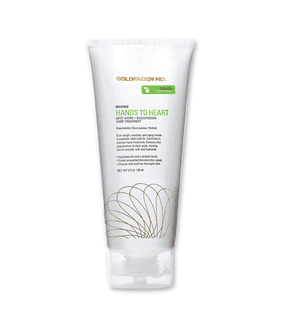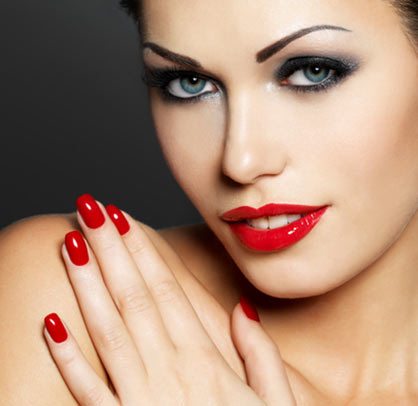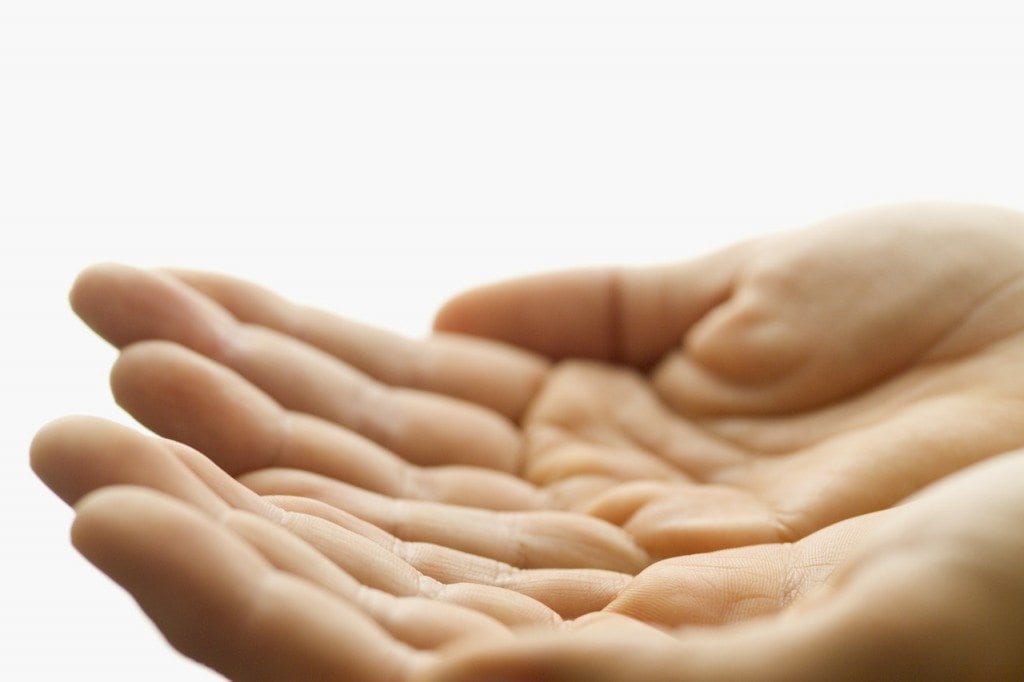Beautifully manicured hands are all the rage right now and the options are limitless but make sure you aren’t damaging the health of your nails. Over manicuring is quite common and something to try and avoid. Filing everyday or too often removes essential nail growth tissue which can cause nail thinning and cracking. Nails are attached to the finger by tiny tissue structures. Over manicuring, filing or cutting can be damaging to these structures and cause nails to either grow too fast, too slow or in odd uneven shapes. Filing nails into unnatural shapes(very pointy or very square) can also cause damage. So, what should you ask the nail technician to do? Ask her not to over file the nail and no extreme shapes and then ask her to push back the cuticles instead of cutting them. Over cutting the cuticle can be damaging as well. The cuticle is there to protect your nail bed so removing it too often can allow germs to get in, inviting infection. Over tending to the cuticles is also extremely drying. If you are having your cuticles cut during every manicure, consider cutting that in half. Using a cuticle oil or Vitamin E oil on the cuticle daily will ward off excessive dryness as well.
 Photo via This Silly Girls Life
Photo via This Silly Girls Life
How dangerous is shellac or the ‘gel mani’?
There is a lot of controversy around these polishes that are adhered by drying under a ultraviolet light and then removed with acetone. There are two major concerns when it comes to this type of nail service. The first is the potential risk for skin cancer on the tops of the hands. Although their has been a study that concluded one would probably have to have 250 years worth of drying under a UV light to see actual cancer, the UV damage is a real threat. Even if it is only once a month that your hands are being exposed they can still become damaged and show signs of sun damage quickly. Not only will they feel and look dry, they may develop sun spots/dark spots as well. Rule of thumb, wear and SPF on the tops of the hands when you know you’re going to get a manicure. Opt for a 50 SPF or higher. After the manicure make sure to apply lots of hand cream to replenish oil and hydration back into the hands. Hands to Heart is the perfect way to fight off dark spots and dryness from the UV light.
 The second concern is the removal process of shellac. At some salons you soak your nails in a little bowl of acetone(yuck!) and at others they apply a tiny piece of acetone soaked cotton to the tips and wrap them with foil for a few minutes. Either route seems pretty damaging. Acetone is a chemical and can be very damaging to soft tissue. After the polish is loosened by the acetone the technician will remove the polish. This should be a very easy process that includes use of a metal scraper. If there is actual scrapping that you can feel she is doing it incorrectly. the issue with this removal precess is that while scrapping the polish off, she is also removing healthy nail cells and thinning out the surface. A few shellac manicures will not ruin your nails but over time they can damage the integrity of the nail causing thinning and breakage. As with anything-moderation is key.
The second concern is the removal process of shellac. At some salons you soak your nails in a little bowl of acetone(yuck!) and at others they apply a tiny piece of acetone soaked cotton to the tips and wrap them with foil for a few minutes. Either route seems pretty damaging. Acetone is a chemical and can be very damaging to soft tissue. After the polish is loosened by the acetone the technician will remove the polish. This should be a very easy process that includes use of a metal scraper. If there is actual scrapping that you can feel she is doing it incorrectly. the issue with this removal precess is that while scrapping the polish off, she is also removing healthy nail cells and thinning out the surface. A few shellac manicures will not ruin your nails but over time they can damage the integrity of the nail causing thinning and breakage. As with anything-moderation is key.
Regular manicures can also be damaging to nails and overall health due to some nasty ingredients found in certain polish. Here are a few ingredients to stay clear of. Formaldehyde which is used to embalm bodies Dibutyl Phthalate (DBP) which has been liked to reproductive issues and banned in Europe and Toulene: part of the makeup of gasoline. However there are a number of ‘clean’ or 3-free and 5-free nail polishes that can take the place of toxic polish. Some of our favorites are Zoya, RGB, Ten Over and Sparitual(vegan).
Nails are also an indicator of overall health. Below are signs to watch out for, if you are experiencing any of these see a dermatologist.
Very pale nails: anemia, liver disease, malnutrition
White nails: hepatitis or liver issues
Yellow nails: fungal infection
Bluish nails: lack of oxygen, lunch issues
Ripped nails: early sign of psoriasis or inflammatory arthritis
Cracking/splitting nails: fungal infection
Dark lines or spots under the nail bed: could be melanoma but don’t mistake this for a bruise if there was trauma to the nail.
Regardless of what type of polish or manicure you choose to have it is always a good idea to rest nails in between services. Take off all the polish and let them breathe!



